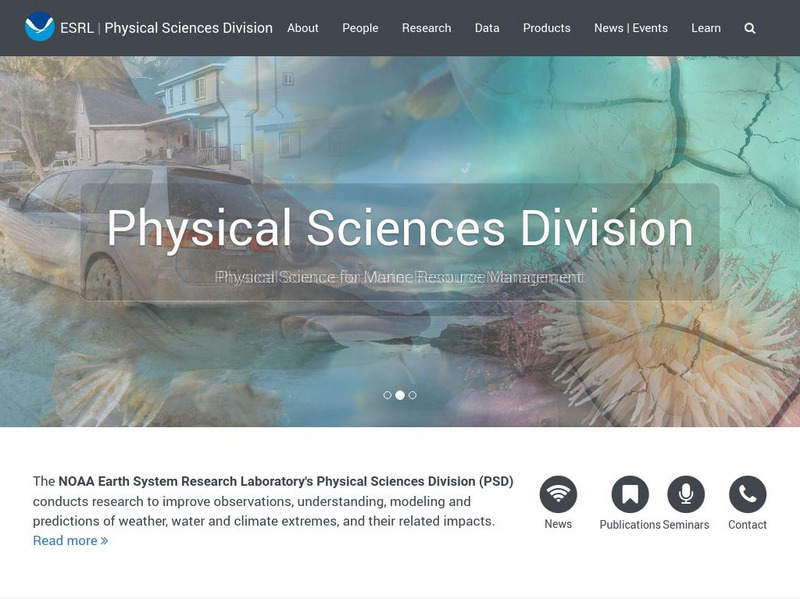American Museum of Natural History
Tornadoes Spinning Thunderstorms
Tornado winds can reach more than 200 miles per hour. Learners explore wind speeds and more characteristics of tornadoes with an online lesson. They learn how tornadoes form and how scientists attempt to predict them. Can be used as an...
Other
Niwa: Climate and Weather
Want to learn more about the climate and weather? This webpage contains links to websites around the world concerned with providing information about climate and weather. Topics include ozone, greenhouse gases, global warming, tornadoes,...
Other
About Wmo World Meteorological Organization
The World Meteorological Organization (WMO) watches the weather and keeps up to date weather patterns. It is the coordinator of weather information for the world's scientific community.
Other
Niwa: Common Climate and Weather Terms
A great place to find a definition to terms used to describe climate change and meteorology. This site contains a glossary of common terms for both climate and weather.
NOAA
Noaa: Atlantic Oceanographical and Meteorological Laboratory
The AOML researches oceanography, tropical meteorology, atmospheric and oceanic chemistry and acoustics in order to understand the physical characteristics of the ocean and atmosphere. Explore science in action!
NOAA
Noaa: Etl: Regional Weather and Climate Applications Branch
This page explains how meteorologists of the NOAA study weather and climate.
Annenberg Foundation
Annenberg Learner: What Forces Affect Our Weather?
A great starting point for learning about the weather and for finding help starting your own investigation of what affects the weather. Site is organized into the following sections: "The Atmosphere," "The Water Cycle," "Powerful...
Other
National Pollutant Inventory: Background Information
This site focuses on water and air pollution in Australia, with a brief mention of sea breezes.
PBS
Pbs: El Nino
You can link to the anatomy of El Nino, chasing El Nino, and El Nino's reach. There is a resource page and a search page.








